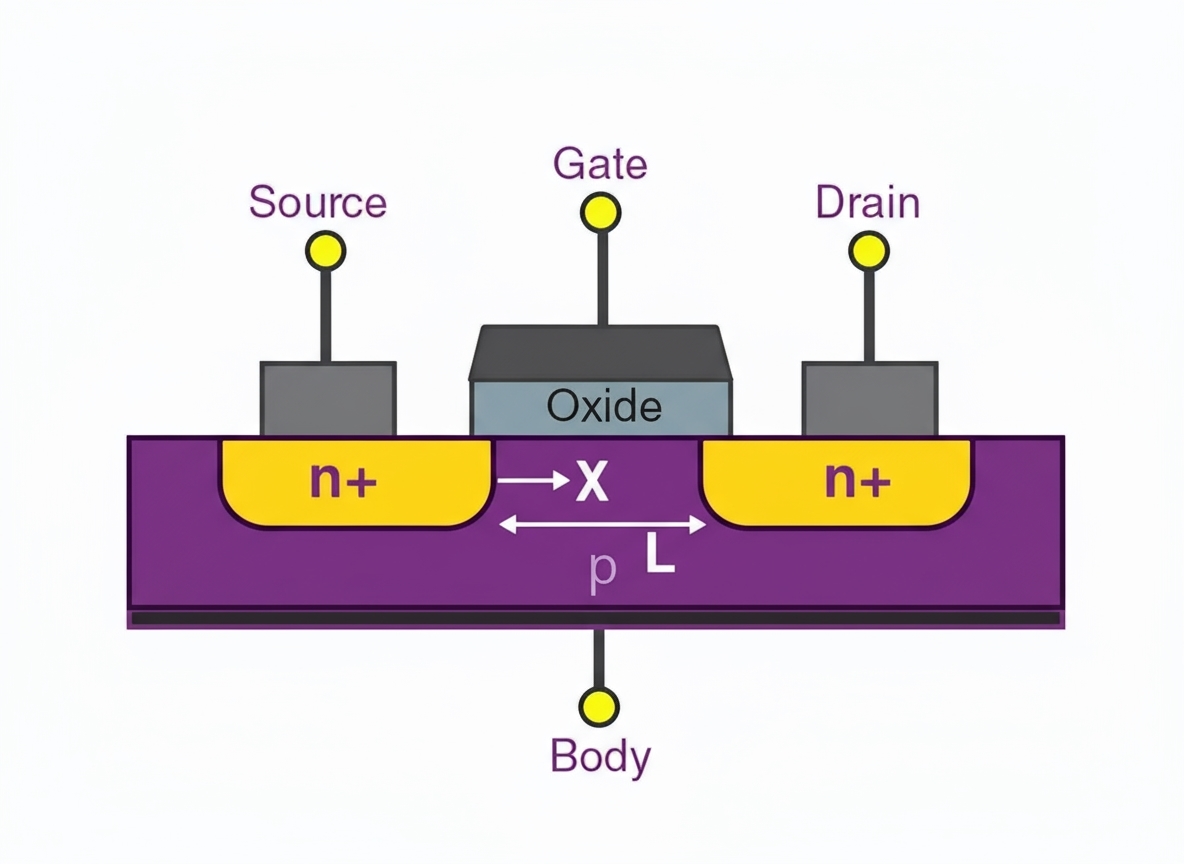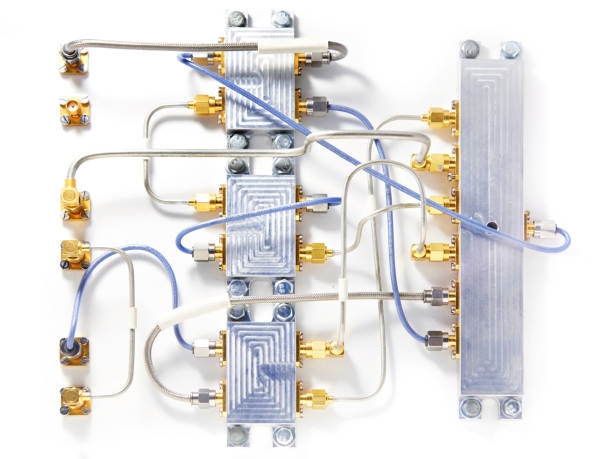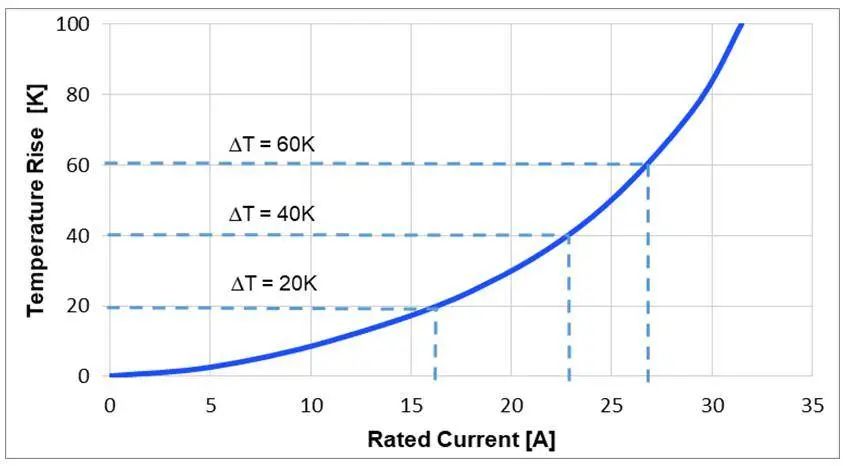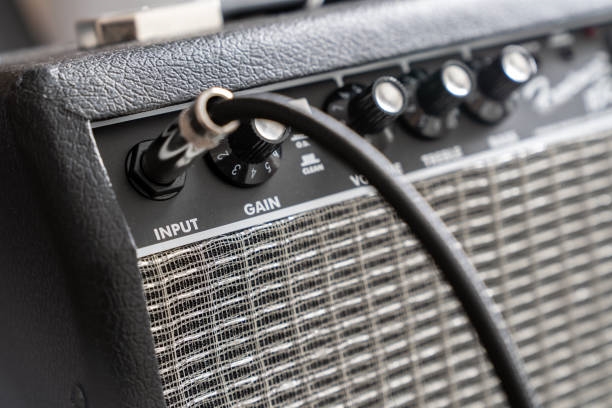Rectifiers convert alternating current (AC) voltage into pulsating direct current (DC) voltage. This article explores the differences between half-wave and full-wave rectifiers, two common types of rectifier circuits used in electronics.
Half-Wave Rectifier
A half-wave rectifier is an electronic circuit that converts only one half of the AC cycle into pulsating DC. It consists of a single diode and a step-down transformer, which reduces high-voltage AC to low-voltage AC. The diode is connected such that it is forward-biased during the positive half-cycle of the AC input and reverse-biased during the negative half-cycle.
When forward-biased, the diode acts as a short circuit, allowing current to flow through the load resistor. When reverse-biased, it acts as an open circuit, blocking current flow. As a result, the voltage across the load resistor appears only during the positive half-cycle of the AC input, producing zero DC voltage during the negative half-cycle.
Full-Wave Rectifier
A full-wave rectifier converts both halves of the AC cycle into pulsating DC. It typically uses two diodes and a center-tapped step-down transformer. The diodes¡¯ positive terminals are connected to the secondary winding of the transformer, while their negative terminals are connected to the center tap and the load.
During the positive half-cycle of the AC input, the top of the transformer¡¯s secondary winding becomes positive, and the bottom becomes negative due to mutual induction. This forward-biases one diode (D1) and reverse-biases the other (D2), allowing current to flow through D1 and the load. During the negative half-cycle, the polarities reverse, forward-biasing D2 and reverse-biasing D1, allowing current to flow through D2 and the load. This results in DC voltage output during both halves of the AC cycle.
Key Differences
The primary differences between half-wave and full-wave rectifiers include:
- Efficiency: Half-wave rectifiers have lower efficiency, as they utilize only half of the AC cycle. Full-wave rectifiers are more efficient, converting the entire AC cycle into DC.
- Transformer Design: Half-wave rectifiers do not require a center-tapped transformer, while full-wave rectifiers typically use a center-tapped secondary winding.
- Component Count: Half-wave rectifiers use a single diode, making them simpler and less expensive. Full-wave rectifiers require at least two diodes, increasing complexity and cost.
- Core Saturation: Half-wave rectifiers can cause DC saturation in the transformer core, leading to losses. Full-wave rectifiers mitigate this issue, as current flows in opposite directions through the transformer¡¯s secondary windings, balancing the magnetic flux.
Conclusion
Rectifiers are essential components in electronic circuits, enabling the conversion of AC to pulsating DC for devices that operate on low-voltage DC. Half-wave rectifiers are cost-effective but less efficient, suitable for applications where efficiency is not critical. Full-wave rectifiers, while more complex and costly, offer higher efficiency and are preferred for applications requiring consistent DC output. The choice between the two depends on the specific requirements of the circuit design, balancing cost, complexity, and performance.
 ALLPCB
ALLPCB





